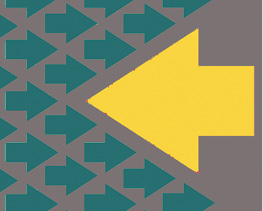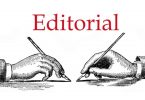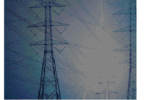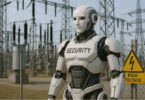by Fred Steinhauser, OMICRON electronics GmbH, Austria
The idea of concentrating the protection functions for a whole substation into a single device has gained momentum.

PAC has another hot topic: CP – Centralized Protection. But unlike Artificial Intelligence, this is a more substantial kind of hype, already backed by some experiences and proofs of concept, not just driven by visions or fantasies, as well-reasoned as they may be.
The idea is not new. During the SC B5 meeting at the CIGRE Session 2018, the old folks told stories about related investigations in the 1970s. But back then, the processing power was not available in a suited form and the communication and interfacing technologies for the sensors and actuators were not available either.
This changed over time. Moore’s law has given us the processing power we need to cover a whole substation within one box that was previously just good for one feeder. And communication standards like IEC 61850 serve the task of bringing the data from the sensors to the CP device and the reactions out to the switches and breakers. Sampled Values and GOOSE messages are the enablers for this concept.
And most important, we see an open attitude towards this topic, much different from the skepticism we faced when we first came out with IEC 61850. At OMICRON’s German User Meeting 2023, there was a discussion round about CP. And during the discussion, there were people from utilities – not from vendors – taking the lead in explaining and promoting the idea of CP and what benefits they expect from this. At the CIRED conference and at the PAC World conference a few weeks later, there were remarkably many papers and discissions on CP, many backed by implementations on various levels.
Most vendors have realized that they may miss something important if they do not take this seriously. And vendors that first promoted CP based on their custom hardware start cannibalizing themselves by offering the functionalities running on virtualized hardware before others do so.
It may be a stretch for PAC people to recognize and acknowledge the benefits of CP beyond the PAC functionality. Those benefits – especially in connection with virtualized platforms – are well utilized in datacenters. This refers mostly to operation and maintenance. Systems can be migrated between platforms even during operation, which eases replacements and provides scalability. Redundancy can be achieved by cloning a well set-up system. Whole PAC systems can be backed up and restored. Firmware updates can be tested in a lab on a clone connected to a simulation of the process environment, before rolling them out on-site.
There is also room for fantasy for an evolution of the PAC functions. Centralizing the functions from the distributed boxes, which each process parts of the data from a worm’s-eye view, may be just a first step. With all data coming together at a central location, new PAC algorithms could process the data from an eagle’s perspective. Experiences from centralized remedial action schemes could serve as inspiration. The extension from CP to CPAC is also obvious.
Finally, be aware of the misnomer “virtualized protection.” The term virtual within the context of CP refers to virtualized hardware devices only. We can be sure: the protection for the electrical power system will remain real.
Biography:

Fred Steinhauser studied Electrical Engineering at the Vienna University of Technology, where he obtained his diploma in 1986 and received a Dr. of Technical Sciences in 1991. He joined OMICRON and worked on several aspects of testing power system protection. Since 2000 he worked as a product manager with a focus on power utility communication. Since 2014 he is active within the Power Utility Communication business of OMICRON, focusing on Digital Substations and serving as an IEC 61850 expert. Fred is a member of WG10 in the TC57 of the IEC and contributes to IEC 61850. He is one of the main authors of the UCA Implementation Guideline for Sampled Values (9-2LE). Within TC95, he contributes to IEC 61850 related topics. As a member of CIGRÉ he is active within the scope of SC D2 and SC B5. He also contributed to the synchrophasor standard IEEE C37.118.
.








